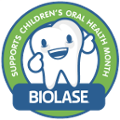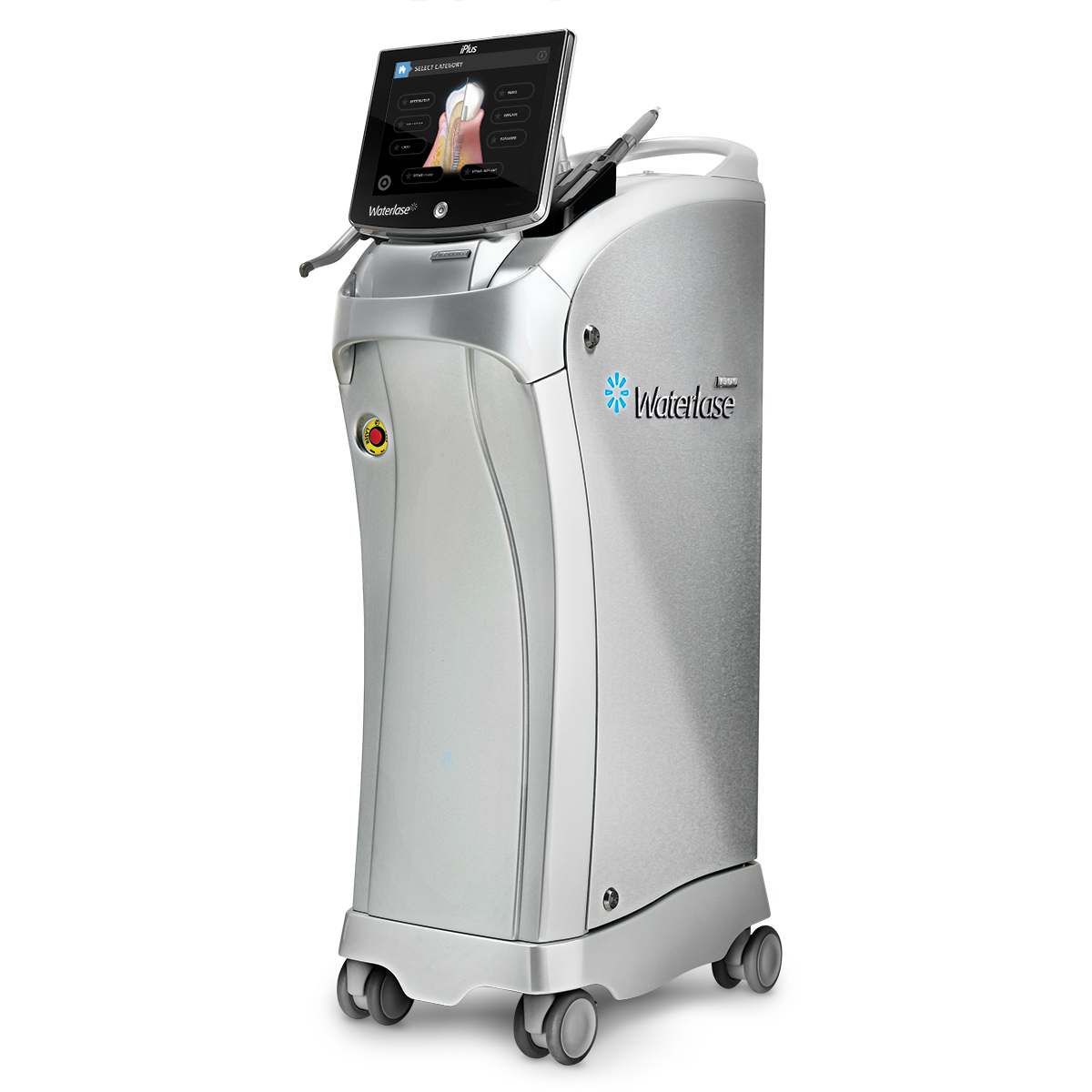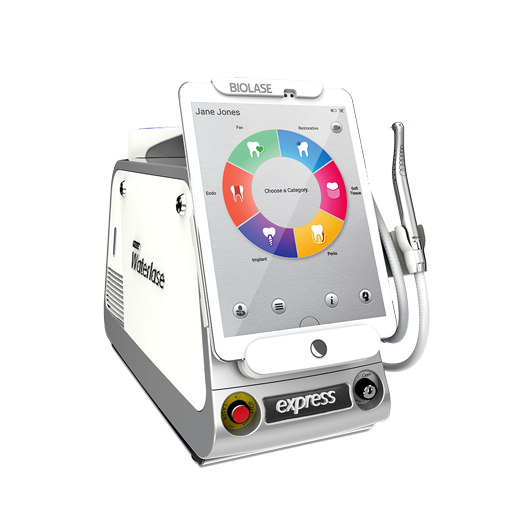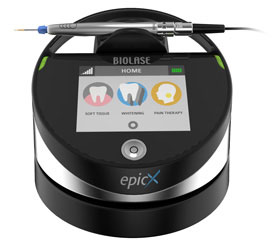Accidents happen and dental accidents are common among kids. In case of emergency, the most important first step is to stay calm.
Make sure the parent or guardian provides a list of preferred emergency contacts including the child’s pediatric dentist. Most dentists have a plan for how they can be reached for after-hours care. Program the phone number into your cell phone. Here are a few simple steps you can take to help alleviate the damage while you notify the parents and seek dental treatment.
Avoid Aspirin
Do not administer aspirin or medications containing aspirin if pain or swelling is associated with a dental emergency. Aspirin can cause bleeding. Ask your doctor before taking any medications. Ask a parent before giving ANY medications.
Lip or Tongue Abrasion
Clean the area with a clean, moist cloth. Apply pressure with a cold compress. Popsicles do wonders to reduce swelling. If the bleeding continues, seek emergency care.
Object Stuck Between Teeth
Make a gentle attempt to remove the object with dental floss. If that doesn’t work, call the dentist.
Broken or Chipped Tooth
Gently rinse mouth with warm water. Use a cold compress and call your dentist immediately. If possible bring the broken off bit to the office visit.
Knocked Out Tooth
Hold the tooth by the chewing surface (crown) and rinse the root in water if it is soiled (as recommended by the American Dental Association). Leave any tissue fragments intact. Gently place the tooth back into the socket if it isn’t too painful. Hold the tooth in place. If this cannot be accomplished, place the tooth in a container of milk or saliva. If a container is not available, hold the rinsed tooth between the lower lip and lower gum of the injured person. Seek dental assistance quickly.
Toothache
Toothaches are typically the result of tooth decay, an infection, or combination of both. Rinse mouth with warm water. Gently floss between teeth. Call your dentist if pain persists.
Broken Jaw
If a broken jaw is suspected, pain is usually accompanied by facial swelling. Other possible symptoms include jaw tightness, difficulty opening the jaw, bleeding, and an abnormality in the jaw or cheek. To control swelling, apply a cold compress. A package of frozen vegetables works just fine. Wrap a towel under the jaw and tie it on top of the head to stabilize the injury. Seek emergency care immediately.
These are just a few first aid basics for dealing with the most common dental emergencies. Call a licensed dentist or emergency room professional for treatment options.
 February is National Children’s Dental Health Month. For more information about caring for your child’s teeth, visit the American Dental Association.
February is National Children’s Dental Health Month. For more information about caring for your child’s teeth, visit the American Dental Association.



